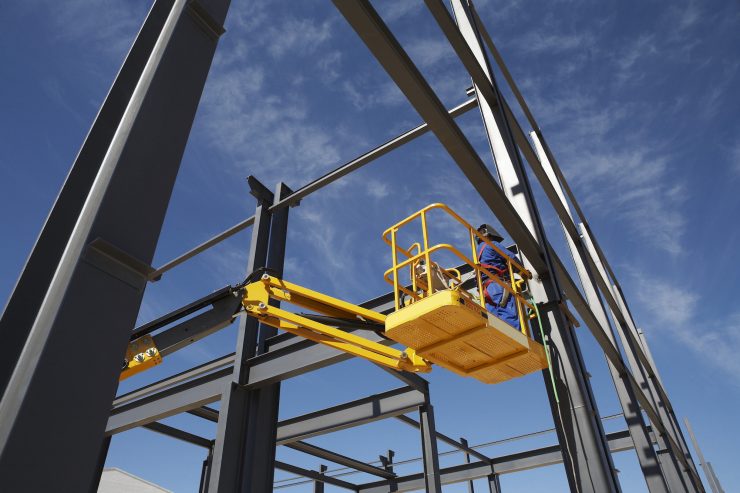A claim of lien is a specific type of legal claim against property to secure a debt. The claim can be for any amount of money, or the specific value of services rendered. In most cases, the claims of lien are handled when the debt is taken out and agreed upon by all parties involved. A common mortgage, for example, has the mortgage lender putting a claim of lien against the property so they can claim it if the borrower fails to make their payments as agreed.
The party that is owed money can place a claim of lien on a property, even if the person owing the money doesn’t approve it. To get a claim of lien applied to a property, the party owed the money will need to work through the courts to get it approved. There are certain requirements that must be met in order to successfully make a claim of lien.
Prove the Debt
The first thing that must be done is you need to have proof that there is a valid debt that needs to be paid. This is easy enough to do as a contractor or construction company as the work agreements, purchased materials, and other expenses should be clearly documented. It is also necessary to show that these debts have not been paid already.
File the Documents
Next, you need to file the correct documents with the courts and county clerk office. This process must be done correctly to avoid delays or potential disputes against the claim of lien. Filing this type of document may require that you present evidence with the court, or even make arguments against the other party. If the debt is undisputed, however, it can be possible to simply file the necessary paperwork along with the proof.
Serve Notification
It is necessary to serve the debtor with proper notification that a claim of lien has been made against their property, what the claim is for, and other details surrounding the situation. When you file the proper documents with the courts, the notifications will typically be sent out as part of this process. You may need to pay to have the debtor served these documents, especially if there will be a court case.
Avoid Potential Problems – We Can Help
The best way to make a claim of lien is to have an experienced attorney help you along the way. Here at Florida Construction Law Group, we have helped contractors, construction companies, and more prepare and file claim of liens before, during, and after the work is done to help protect their financial interests. Contact us to see whether now is the time for you or your business to seek a claim of lien, and what needs to be done to accomplish that goal.









